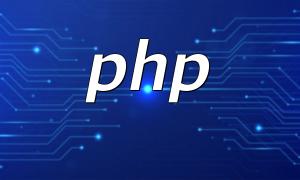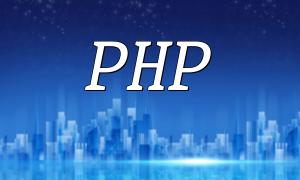In web development, PHP not displaying correctly on IIS is a frequent problem that can disrupt project progress and user experience. This article analyzes these issues in detail and offers targeted solutions to help optimize PHP display on IIS.
To address the problem, it’s important to understand the main reasons why PHP might not display properly:
Ensure PHP is installed according to official guidelines. Improper installation can prevent PHP scripts from executing, resulting in display issues.
If IIS lacks proper handler mapping for PHP files, the server will not correctly interpret PHP code. You need to add a handler mapping in IIS Manager linking PHP file extensions to the PHP executable.
Insufficient file and folder permissions can also affect PHP operation. The IIS running account must have the necessary access rights to the PHP files and directories.
To resolve the above issues, try the following steps:
Verify that the installed PHP version is compatible with IIS, and that the PHP path is correctly set in the system environment variables.
C:\PHP
Use IIS Manager to configure handler mapping:
Open IIS Manager, select your website, and double-click "Handler Mappings."
Click "Add Module Mapping," enter the request path as "*.php", and select the "FastCgiModule".
Set the full path to the PHP executable, save the settings, and restart IIS.
In the folder properties under the "Security" tab, ensure the IIS user has read and execute permissions to allow access and execution of PHP files.
After configuration, create a simple PHP test file to verify functionality.
<?php<br>phpinfo();<br>?>
Save the file as info.php in your website’s root directory. Visit http://your_domain/info.php in a browser. If you see the PHP info page, the configuration is successful.
When encountering PHP display problems on IIS, focus on checking PHP installation, handler mappings, and file permissions. Proper setup and adjustments usually resolve most display issues. This guide aims to assist you in building a stable IIS + PHP environment.









